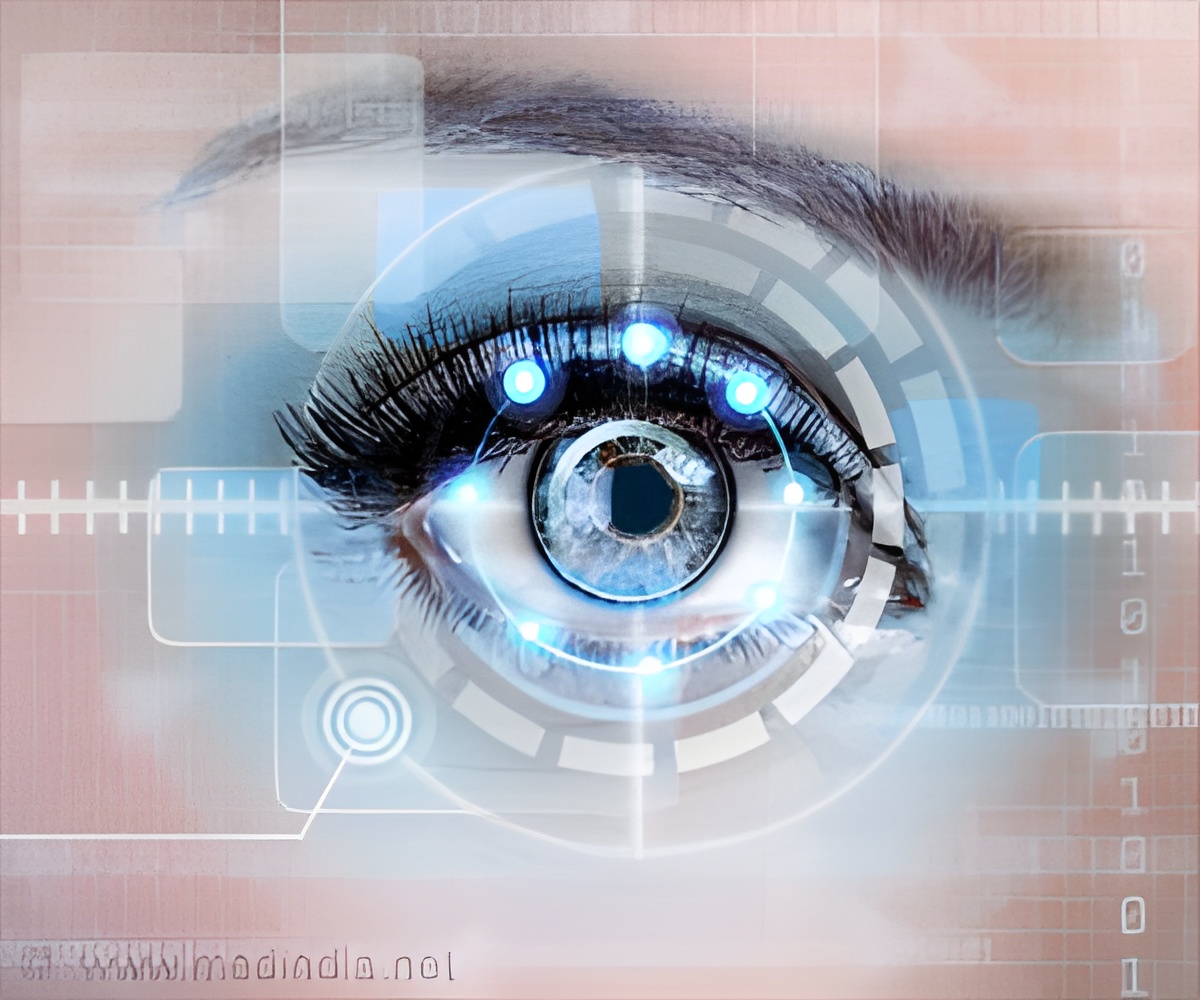
‘Much of what we will be as adults depends on the first years of life, on what we simply observe happening around us and not only on what we are taught explicitly. This also applies to the development of the visual system.’
Tweet it Now
From the early stages of gestation, our visual system is subject to continuous stimuli that become increasingly intense and structured after birth. They are at the centre of the learning mechanisms that, according to some theories, are fundamental to the development of vision. "Learning comes in two flavours: either 'supervised' (i.e., guided by a 'teacher') or 'unsupervised' (i.e., based on spontaneous, passive exposure to the environment)" explains Davide Zoccolan, director of the Visual Neuroscience Lab of SISSA and lead researcher.
"The first is the one we can all associate with our parents or teachers, who direct us to the recognition of an object. The second one happens spontaneously, passively, when we move around the world observing what happens around us."
Giulio Matteucci and Davide Zoccolan have studied the role of spontaneous visual experience and, in particular, the role of the temporal continuity of visual stimuli. This property of natural visual experience is considered fundamental for the maturation of the visual system by some theoretical models that mathematically describe the biological learning processes.
To test this hypothesis, the researchers daily exposed two groups of young rodents to different visual environments. "We played a series of videos, in either their original version or after randomly shuffling the single frames (or images), thus destroying the temporal continuity of visual experience" explain the scientists.
Advertisement
Having shown that their maturation is highly sensitive to the degree of continuity of visual experience is the first direct experimental confirmation of the theoretical prediction."
Advertisement
These are results with potential clinical and technological implications, as Zoccolan explains. "In some developing countries, there are children suffering from congenital cataract, who, after the surgery to remove it, have to develop substantially from scratch their visual recognition skills. Already today, some rehabilitative approaches exploit the temporal continuity of specific visual stimuli (for example, geometric shapes in motion) to teach these patients to discriminate visual objects.
Our results confirm the validity of these approaches, revealing the neuronal mechanisms behind it and suggesting possible improvements and simplifications," concludes the neuroscientist. "Furthermore, the development of artificial visual systems currently uses mainly 'supervised' learning techniques, which require the use of millions of images.
Our results suggest that these methods should be complemented by 'unsupervised' learning algorithms that mimic the processes at work in the brain, to make training faster and more efficient".
Source-Eurekalert









